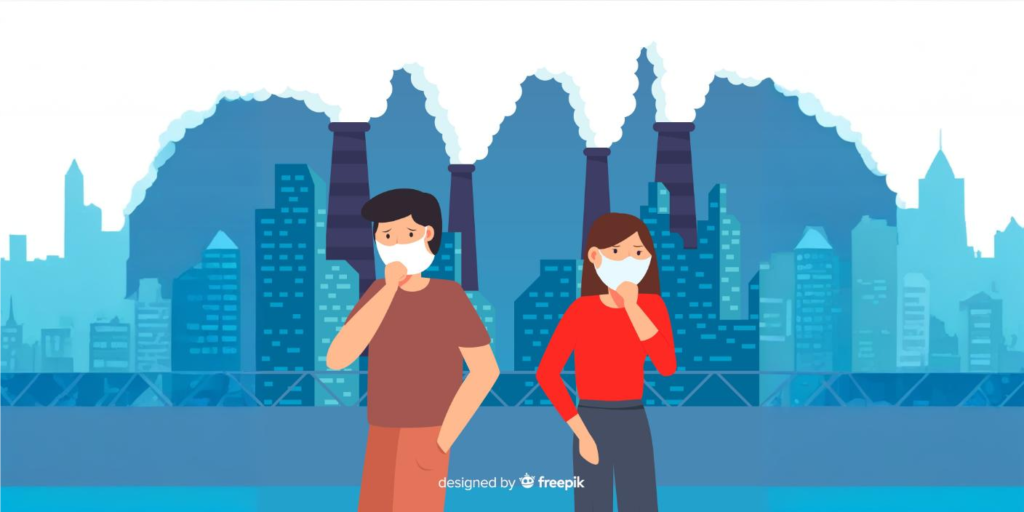Tags
Decline in tobacco use rates globally: WHO
Author
Author
- admin / 10 months

- 0
- 2 min read

Currently the WHO South-East Asian Region has the highest percentage of population using tobacco at 26.5%, with the European Region not far behind at 25.3%.
The World Health Organization (WHO) tobacco trends report released earlier this week brings some good news. The world is getting closer to the voluntary target of a 30% relative reduction in current tobacco use by 2025, as set out in the WHO Global Action Plan for the Prevention and Control of Noncommunicable Diseases 2013–2020.
Here are seven key findings:
- Globally, there are 1.25 billion adult tobacco users. Trends in 2022 show a continued decline in tobacco use rates, with about one in five adults worldwide consuming tobacco compared to one in three in 2000.
- The report shows that 150 countries are successfully reducing tobacco use. Brazil and the Netherlands are seeing success after they implemented MPOWER tobacco control measures, with Brazil making a relative reduction of 35% since 2010 and the Netherlands on the verge of reaching the 30% target.
- Currently the WHO South-East Asian Region has the highest percentage of population using tobacco at 26.5%, with the European Region not far behind at 25.3%. The report shows that by 2030 the WHO European Region is projected to have the highest rates globally with a prevalence of just over 23%.
- Tobacco use rates among women in WHO’s European region is more than double the global average and are reducing much slower than in all other regions.
- Country surveys consistently show that children aged 13–15 years in most countries are using tobacco and nicotine products.
- The prevalence of tobacco use has changed little since 2010 in some countries, while six countries are still seeing tobacco use rising: Congo, Egypt, Indonesia, Jordan, Oman, and Republic of Moldova.
- Only 56 countries globally will meet the voluntary global goal of 30% reduction from the 2010 baseline, down four countries since the last report in 2021.
Tobacco use continues to be a major potentially avoidable threat to public health around the world. This threat applies not only to those who directly use tobacco, but also to people may be exposed to harmful tobacco residues and smoke. In response to the threat posed by tobacco to public health globally, WHO Member States in 2003 unanimously adopted the WHO Framework Convention on Tobacco Control.
Read More : Smoking: Myths vs facts









